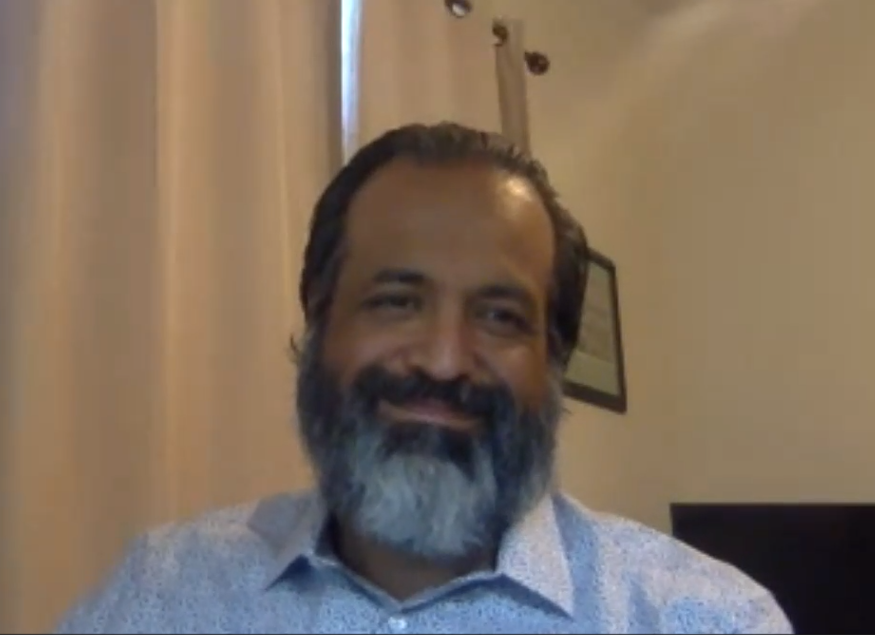Global investments in energy transition technologies have almost tripled since 2015, and in 2022 exceeded one trillion U.S. dollars for the first time. However, annual global investments across all transition technologies will need to quadruple between 2023 and 2050 to remain on a pathway that limits global temperatures to 1.5°C above pre-industrial levels.
China leads the world in energy transition investments (led by the state government and corporations). In 2022, China splurged more than 500 billion U.S. dollars into technologies like solar and wind energy, batteries, and electric vehicles. This was roughly four times more than U.S. investments. In 2021, European countries invested $219B in energy transition, about double the amount of what the US invested ($114B), according to the World Economic Forum. Of course, the Whitehouse has established the Inflation Reduction Act (IRA) in 2022 as a game changer. Furthermore, US startups received VC funding in ClimateTech more than in other regions – the U.S. received the largest share of global climate tech VC funding in 2022, at 41 percent. (according to Statista)
Juan Thurman, Director of SWAN Impact Network (an impact investing leader in the US), shared his view on the US climate tech landscape with us on ClimateTech Investor Panels.
Interviewed by Jessie Chuang, the interview questions include:
Please introduce SWAN Impact Network (the most active impact investing angel group in the US).
Which nascent sub-sectors of climate tech have the most promising potential? (what sub-sectors are too crowded?)
How do you identify and evaluate them, and how do you do due diligence?
What are the risk factors for today’s climate tech startups? How do you de-risk them? The strengths of the US market?
What is your portfolio-building strategy in climate tech investing?
Takeaways:
SWAN was started in 2016 to invest in for-profit impact startups. The strength of the network is the deep experience of the angels in the network and their passion for helping our portfolio companies succeed. We work on a quarterly basis and we receive between 50-140 applicants per quarter from all over the US. We usually end up investing in 1-2 companies per quarter.
In a recent Climate Summit hosted in Houston, the good news is the IRA will pour around $1.2T into this space in 10 years, it’s not a cap, it’s a projection!
There are a number of different sub-sectors in climate tech that we believe are very promising. The first is improved efficiency, this will most likely be in electrical applications, but could also include things like ICE engines, industrial processes, water, construction, and building maintenance. Sometimes these interim solutions that will get us to an electrified future are overlooked. We also like solutions that combine innovations in hardware and software, giving us two potential technology moats. For example, solar or wind energies combined with AI/ML or algorithms could be promising. Lastly, we are excited by startups innovating in chemistry and material science that help remove carbon and/or produce more sustainable products. There are some areas we think are too crowded, including battery chemistry and carbon tracking software.
We have a relatively standard process that we use. We see a lot of startups that we meet at events or accelerators, are already engaged with one of our many partners, or apply to us directly. First, we make sure they fit our thesis and are in a stage that makes sense for us, and are raising an amount we think makes sense. We then add them to our process which starts with an introduction with one of us on the team and a review of their documents. We evaluate their impacts, financial return potential, deal terms, product-market fit, and most importantly the team.
How do we de-risk? The first is validation by customers, for example, they have paying customers, strategic partnerships, or at least a letter of intent (LOI). And if they have obtained government grants, that’s a very positive signal, since it’s non-dilutive funding with resources and expertise. Also, we can analyze investors – what other investors have invested, especially from potential future acquirers, even only a small amount. There are macro or market risks not controllable by startups, so the team is the most crucial factor, they must be competent to handle new challenges. Furthermore, we want to see the offering is so compelling, that it’s a must-have, not nice-to-have.
We mainly invest in US startups, because the US has a global influence, and governmental risk, market risk, and supply chain risk are minimized as much as possible in the US. But we’re living in a very global world, so we ask – how global is your supply chain? Do you have backups for your critical parts? Even if it’s not realistic for early-stage startups, it’s something you should consider when making investments.
Early-stage investors, either venture capitalists or angel investors, a portfolio-building strategy is needed – consider investing in 10-20 companies in 3-4 years because a lot of risks are unknown. It’s suggested to diversify across different sectors, geographies, genders, and backgrounds of founders, and add some companies without technology risks – the technology isn’t new, but the application or go-to-market strategy is novel.
About ClimateTech Investor Panels – ClimateTech is hard for investors not only because it’s mostly deep tech, but also because the variables for unit economics and adoption readiness are evolving. We interview one ClimateTech investor every Friday, a 30-minute Zoom meeting without live-streaming, we’ll do a briefing after every interview to be shared with broader networks. Join Zoom meetings to talk to speakers, or invite others to join the conversation/follow insights (Sign up).
